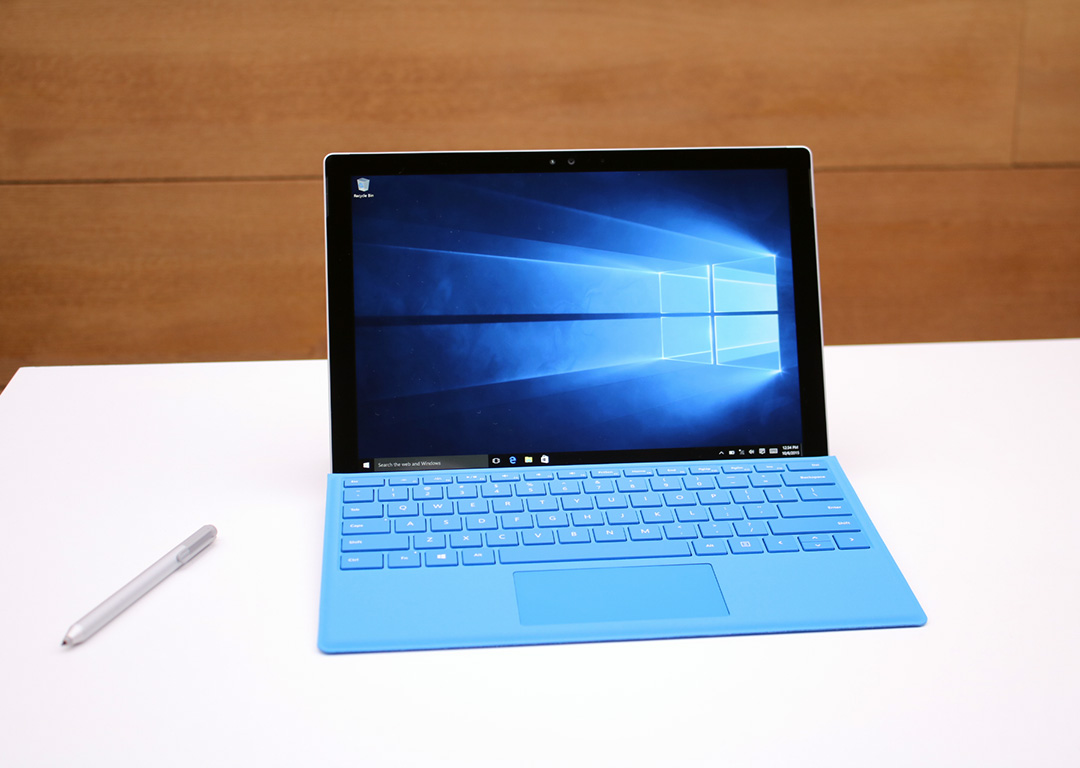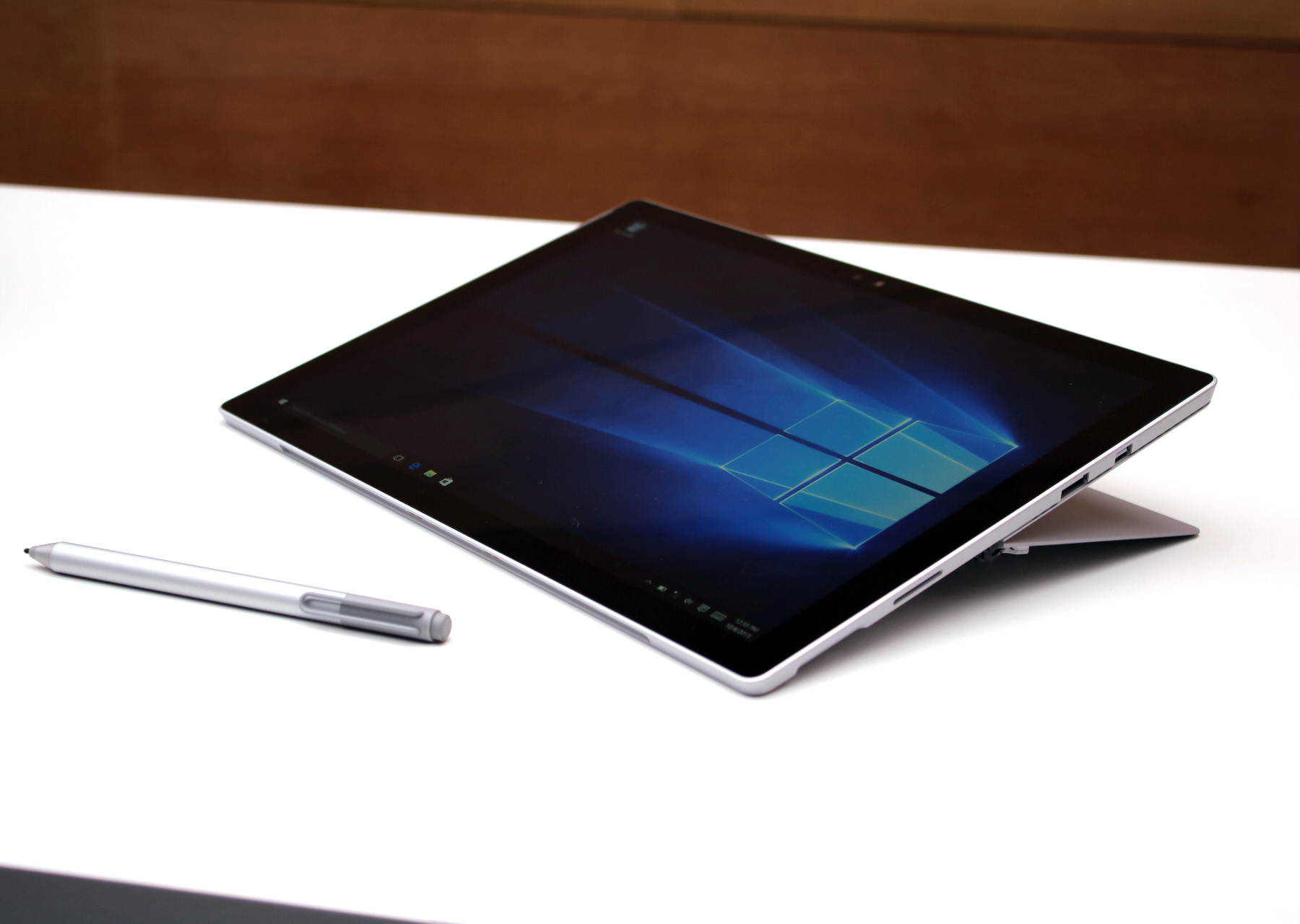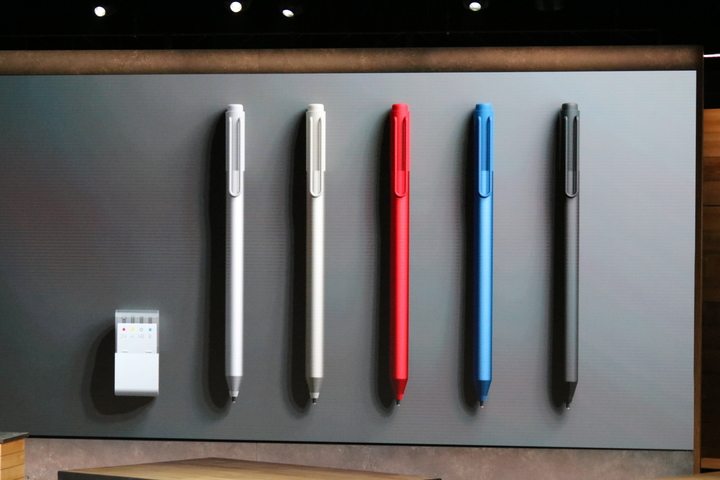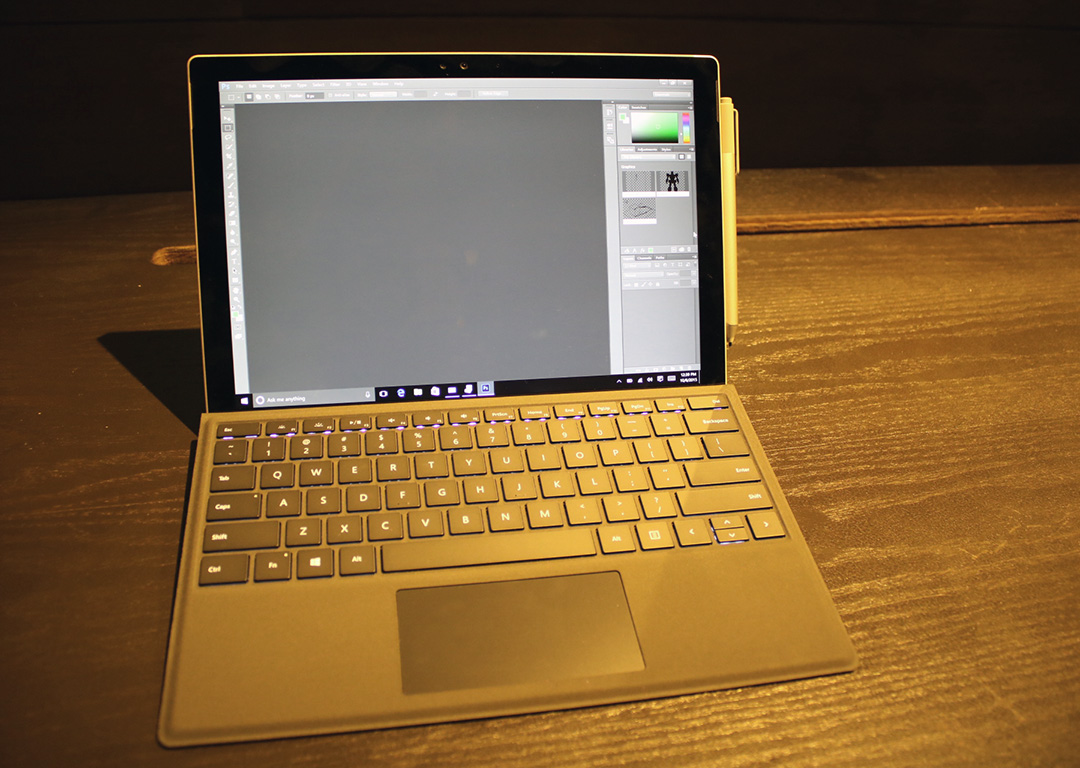
The release of Microsoft’s Surface Pro 4 truly is an act of refinement.
While the Surface line has always adopted the same basic fundamental concept – take an Ultrabook and put it inside the body of a tablet, and then attach a keyboard to it – the device suffers from one fundamental design flaw that has always prevented it from being my main computer; it’s just extremely hard to use on your lap.
While Microsoft’s new Surface still hasn’t solved this issue despite the fact the company claims that the Type Cover 4 is more tightly secured to the device, it does include a number of other notable improvements. Surface Pro 2 and Surface Pro 3 implemented minor tweaks when it came to the device’s kickstand and keyboard, and the Surface Pro 4 continues this strategy with a variety of minuscule (or substantial depending on how you look at it) fixes.
Microsoft knows it has essentially nailed down the tablet/laptop hybrid market, and with the Surface Pro 4, doesn’t seem intent on significantly altering the device’s design. Why fix what really isn’t broken in the first place, right?
The Surface Pro 4’s keyboard and kickstand work the same way as they did last year, allowing the user to set the device’s kickstand at almost any angle they prefer, and in general, the Surface Pro 4’s build is nearly identical to its predecessor, albeit slightly thinner (8.4mm to last year’s 9.1mm)
The first set of changes begin to appear when we take a look at the device’s display. The Surface Pro 4’s display features a slightly higher-resolution screen that measures in at 12.3-inches with a resolution of 2736 x 1824 and a ratio of 3:2.
The device’s new Type Cover is also an improvement over the older one; this is my favourite upgrade to the Surface Pro 4. There is now additional space between keys, making it significantly more difficult to accidentally press keys by mistake, something I often accidentally did with the Type Cover 3. The new Type Cover’s trackpad is also larger, almost mimicking the size of a MacBook Pro or MacBook Air’s trackpad. Throw in the new fingerprint sensor and you have a worthy upgrade to the Type Cover 3 with the new Type Cover 4.
All of these changes make the Surface Pro 4 and its Type Cover feel more like using a traditional laptop, which is a sentiment Microsoft likely wants to evoke from the device. Luckily the new Type Cover is compatible with the Surface Pro 3 as well.
Essentially, the Surface Pro 4’s Type Cover feels more like a regular keyboard than any previous Type Cover before it. Other changes include the fact that capacitive Windows button present on previous Surface devices is gone now, forcing users to rely on the device’s onscreen input, and the ability to magnetically attach the device’s stylus to its display.
The addition of interchangeable stylus ends is interesting but will likely only appeal to a very specific demographic. The same can be said about PixelSense, a new feature Microsoft heavily touted during its Windows 10 devices keynote. PixelSense allows the Surface Pro 4’s screen to differentiate between a stylus or finger, and then optimize touchscreen accuracy. During my short hands-on time with the Surface Pro 4 I didn’t find that PixelSense made a significant performance improvement, although more extensive testing when it comes to this feature is definitely required.
On the other side of the spectrum, the Surface Pro 4 features the same wireless capabilities as the Surface Pro 3, full-size USB 3.0 port, SD card slot, mini display port, as well as Bluetooth 4.0 and 866Mbps 802.11ac WiFi. Microsoft has obviously carefully selected specific components to upgrade when it comes to the Surface Pro 4.
In terms of hardware, the base model Surface takes advantage of a Skylake Core m3 processor rather than a regular i5 or i7 Intel CPU, which on the bright side, makes it marginally lighter when compared to its predecessor (1.69 pounds instead of 1.73). The higher end Surface Pro 4 comes with a sixth-generation Intel Core i5 or i7 processor, between 4GB and 16GB of RAM and between 128GB and 1TB of storage, making it approximately as powerful any Windows laptop out there today.
In general, the Surface Pro 4 is a minor, incremental upgrade over the Surface Pro 3. It features a better design, improved screen, and higher-end hardware, but in terms of fundamentals, the Surface Pro 4 is nearly identical to last year’s device.
Microsoft has confirmed to us that the Surface Pro 4 will be available to pre-order in Canada starting October 7th and will officially launch on October 26th. Pricing starts at $1,179 CAD.
MobileSyrup may earn a commission from purchases made via our links, which helps fund the journalism we provide free on our website. These links do not influence our editorial content. Support us here.






